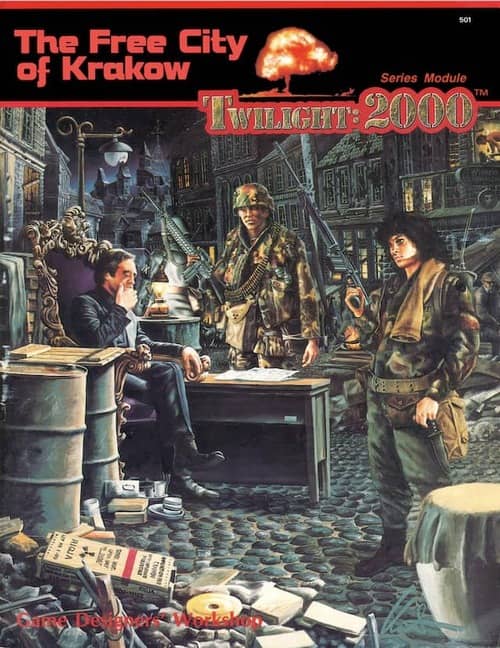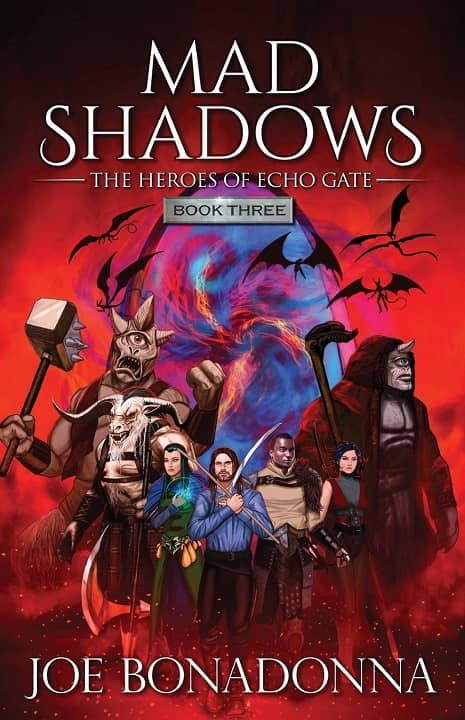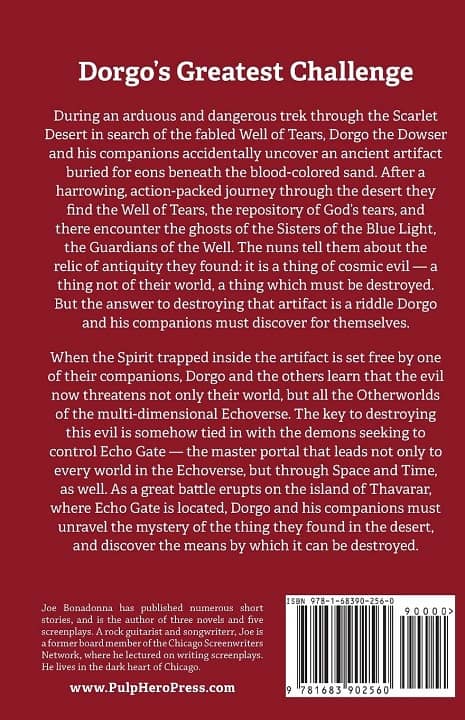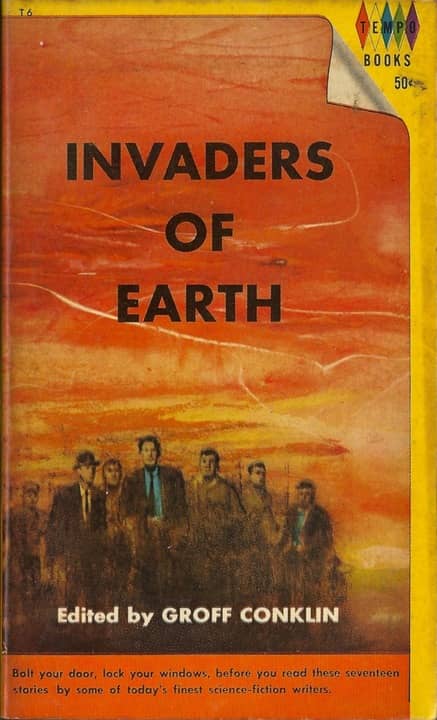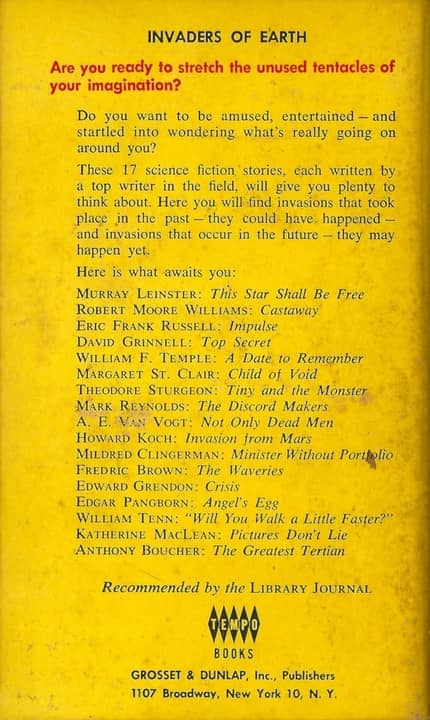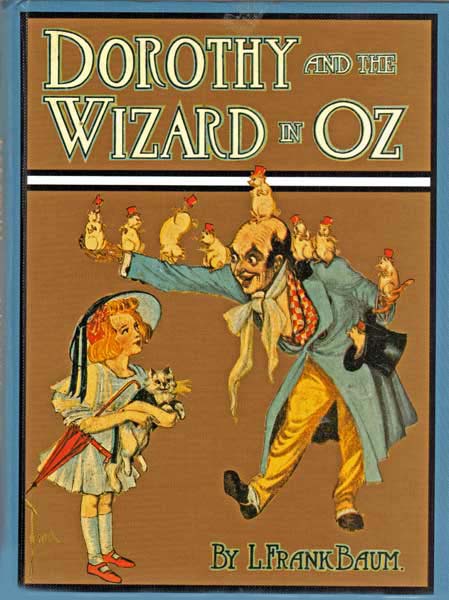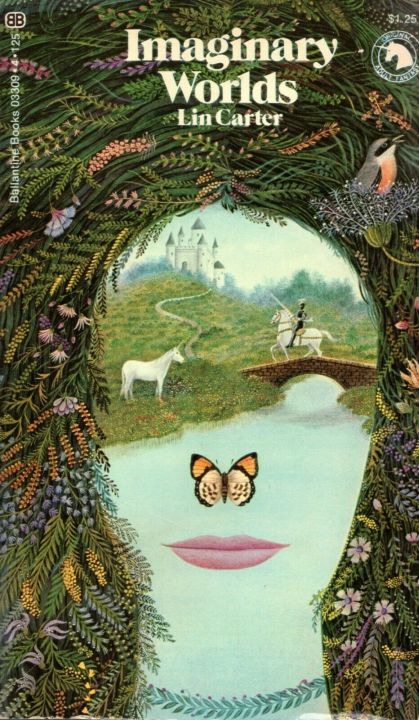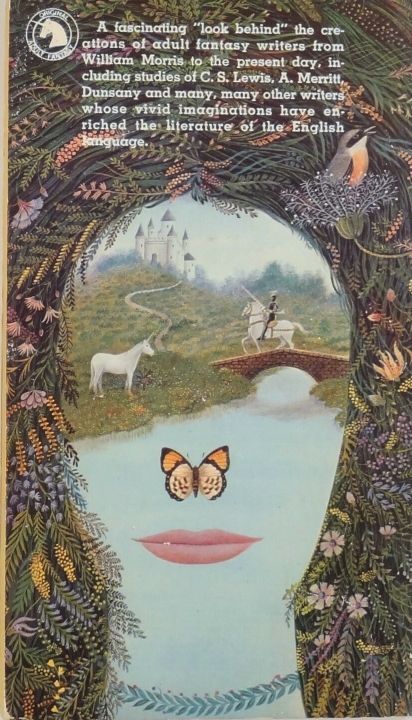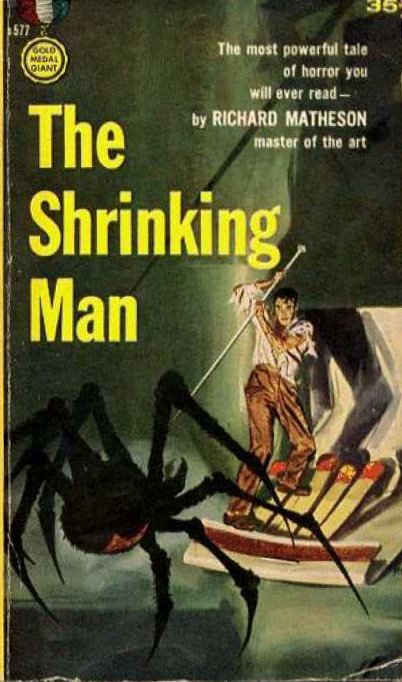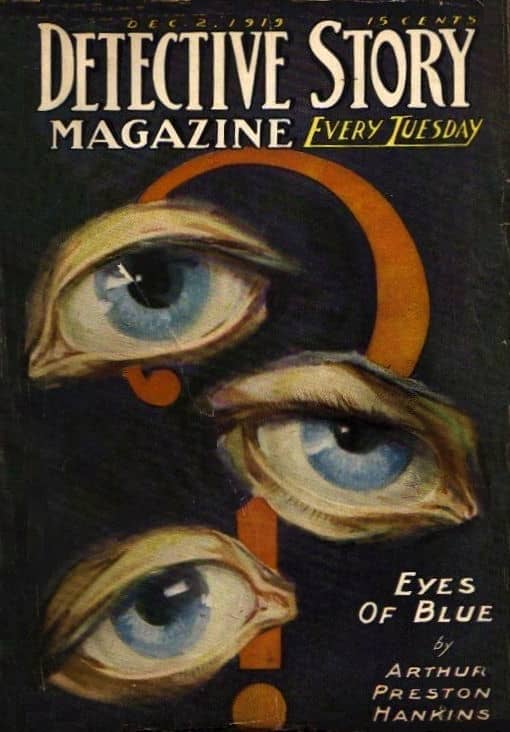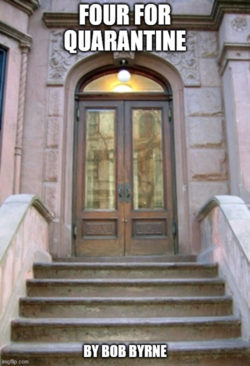 So, last year, as the Pandemic settled in like an unwanted relative who just came for a week and is still tying up the bathroom, I did a series of posts for the FB Page of the Nero Wolfe fan club, The Wolfe Pack. I speculated on what Stay at Home would be like for Archie, living in the Brownstone with Nero Wolfe, Fritz Brenner, and Theodore Hortsmann. I have already re-posted days one through twenty-five. Here is day twenty-six (April 16). It helps if you read the series in order, so I’ve included links to the earlier entries. You really need to read Day Twenty-Six before this one. Trust me – I wrote it!
So, last year, as the Pandemic settled in like an unwanted relative who just came for a week and is still tying up the bathroom, I did a series of posts for the FB Page of the Nero Wolfe fan club, The Wolfe Pack. I speculated on what Stay at Home would be like for Archie, living in the Brownstone with Nero Wolfe, Fritz Brenner, and Theodore Hortsmann. I have already re-posted days one through twenty-five. Here is day twenty-six (April 16). It helps if you read the series in order, so I’ve included links to the earlier entries. You really need to read Day Twenty-Six before this one. Trust me – I wrote it!
DAY TWENTY-SEVEN– 2020 Stay at Home
“Dammit Goodwin, let me in.” Inspector Cramer was standing outside the front room window through which I’d conversed with Doc Vollmer earlier. I had refused to the open the door for him after the body had been removed and the area decontaminated by the professionals.
“No sir. Somebody with the virus died on our stoop. He touched the front door, which I’ll be cleaning later. You examined the scene. Yes, you had gloves on, and that mask, which, by the way, looks terrific on you. But the answer is still ‘No.’”
“I am a police official and this is a crime scene. Open the goddamn door.”
Wolfe had been sitting in a chair, though none of the ones in that room are comfortable for him. He arose and came over to the window, and I moved away.
“Nonsense, Mister Cramer. That man was never in this house. The front stoop is certainly a crime scene; do with it what you will.”
Purley Stebbins had been over near the stoop, talking with a cop in uniform, but he came over.
“Hi, Purley. That’s not proper social distancing.”
Stebbins has a pained ‘You’re not funny expression’ which I think he only uses for me. Like he did right then.
Wolfe went on. “You may ask your questions from there. That man did not come inside, or in any way communicate with Mister Goodwin or I.”
“So, you’re saying you have no idea why a man, stabbed and carrying the virus, desperately wanted to see you before he died?”
Wolfe sighed, though he didn’t really mean it. “Really, Mister Cramer, how many times have we done this before? Perhaps the man was passing by on the sidewalk, was assaulted, and ours was the closest doorbell to ring. Confound it. Even during this lockdown, must you badger me and assume that I am concealing material relevant to a homicide?”
I bet Cramer wished he had a cigar instead of a mask right now. He pulled his mask down and I saw that his face was flushed. “Like I haven’t had good reason in the past, Wolfe.”
…
Read More Read More
